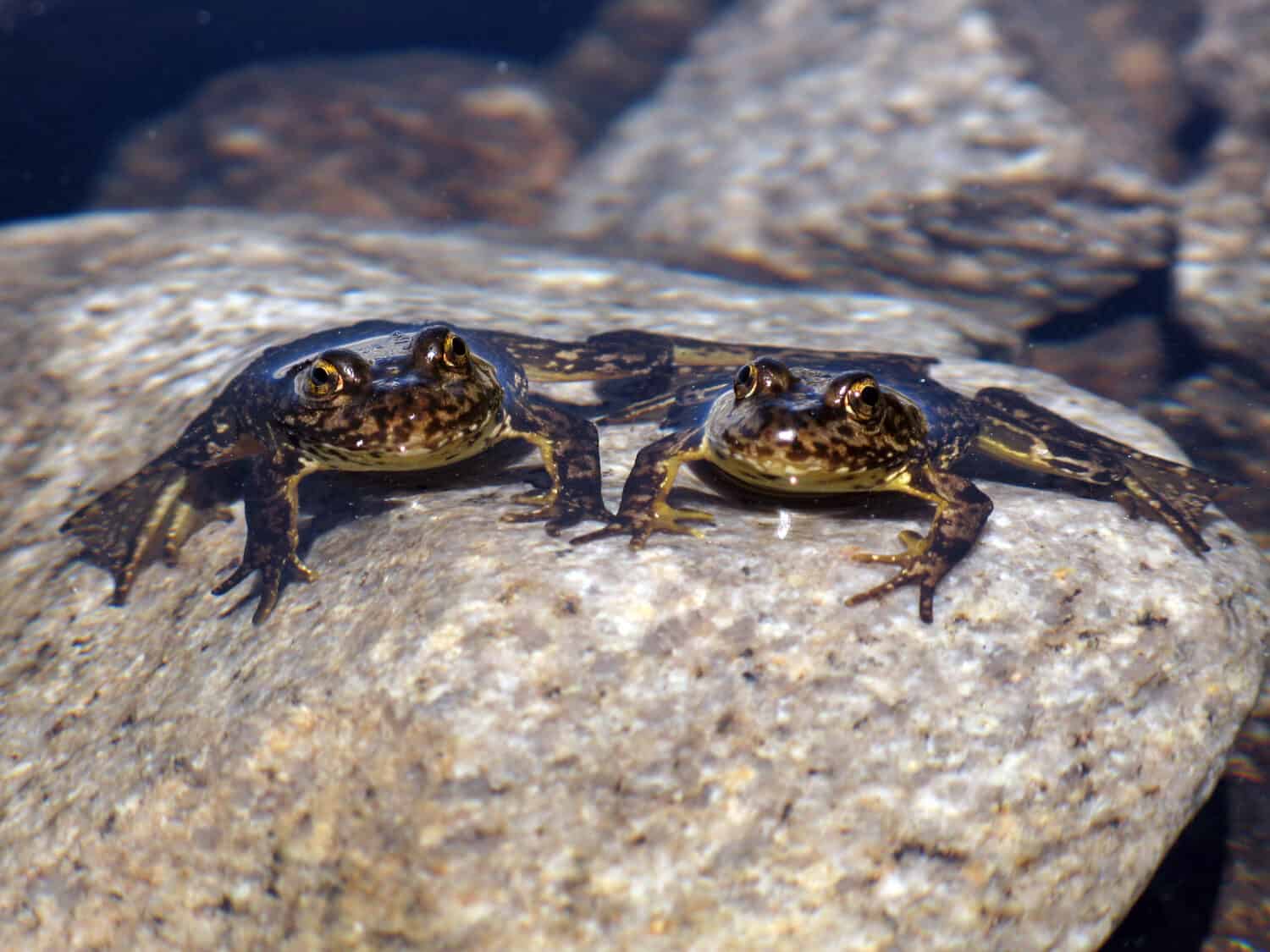Conservation status is a category assigned to an animal or plant species to reflect whether or not the group is threatened or at risk of extinction. Many factors determine conservation status, including current scientific information gathered by specialists.
What Is the Purpose of Conservation Status?
Many animals in the world need protection. For this reason, the best way to help them is to figure out which species have the most critical need.
Some benefits of ranking conservation status include:
- Helping conservationists to know which species need immediate protection.
- Knowing where to direct research.
- Raising awareness of the world’s most endangered species.
- Celebrating success when an animal or plant moves out of a threatened category.
International System
Although separate nations may use ranking systems to determine the potential risks of an animal or plant species becoming extinct, the International Union for Conservation of Nature’s (IUCN) Red List of Threatened Species is the world’s best-known conservation status listing.
IUCN Red List of Threatened Species
The IUCN Red List includes over 150,000 species and was first developed in 1964. The list is broken down into nine separate categories.
What Are the 9 Categories on the IUCN Red List of Threatened Species?
- Extinct (EX): No known living species still exist.
- Extinct in the Wild (EW): The only remaining species are living in captivity or as a naturalized population outside its historic range. (This could be due to a major habitat loss.)
- Critically Endangered (CR): The species is at an extremely high risk of extinction in the wild.
- Endangered (EN): The animal or plant species is at a very high risk of extinction in the wild.
- Vulnerable (VU): The species faces a high risk of extinction in the wild.
- Near Threatened (NT): Although the species doesn’t qualify as a threatened category, it is likely to qualify at a higher risk level in the near future.
- Least concern (LC): The species is at very low risk. Therefore, it isn’t likely to be threatened in the near future.
- Data Deficient (DD): There is not enough data on the population of the species, hence the IUCN cannot give it a ranking.
- Not Evaluated (NE): The IUCN has not yet assessed the species.
Species Threatened with Extinction

Mountain yellow-legged frogs are endangered. 41% of amphibians, in fact, are under the threat of extinction.
©Jason Mintzer/Shutterstock.com
According to the IUCN Red List, over 42,100 species are currently under threat of extinction. These include:



